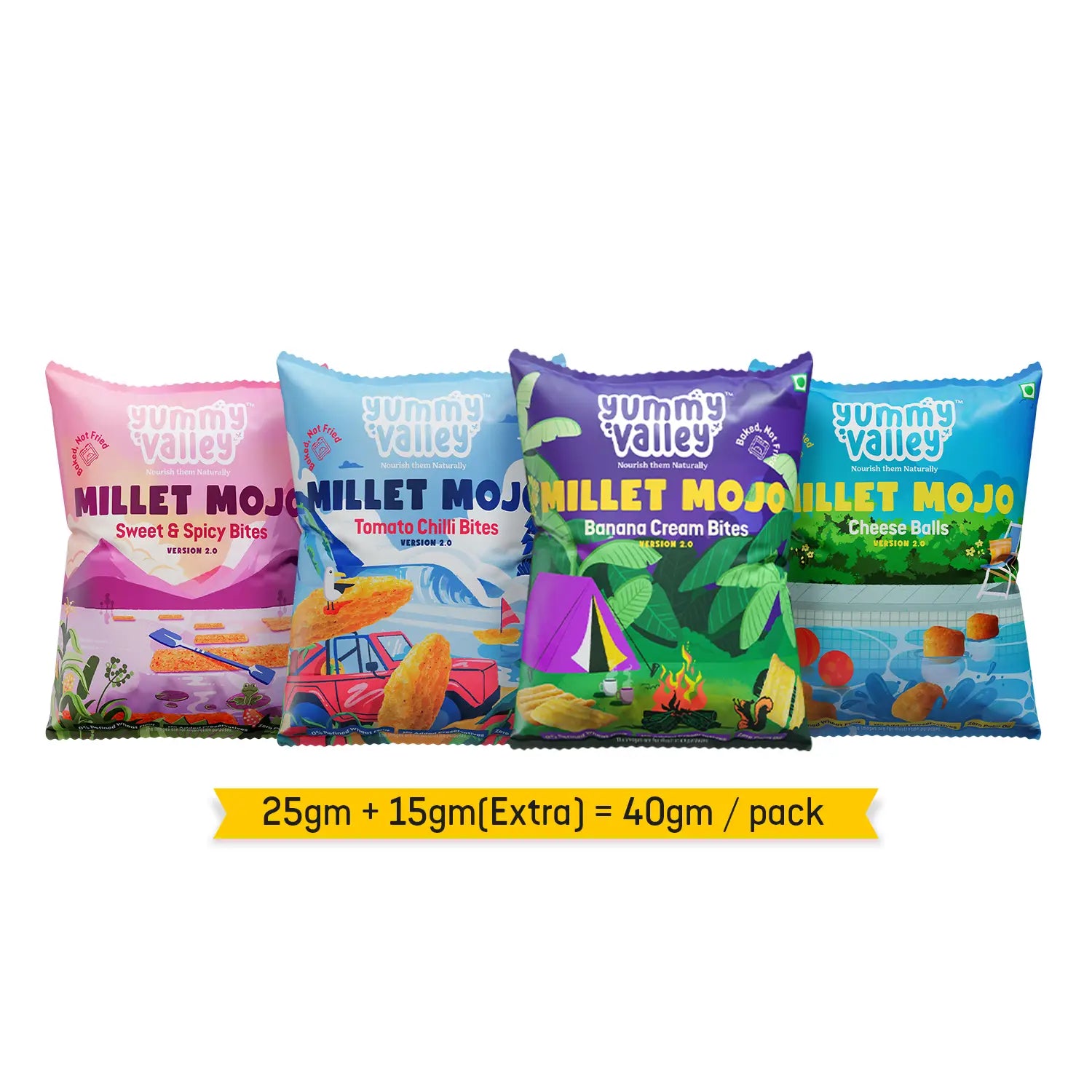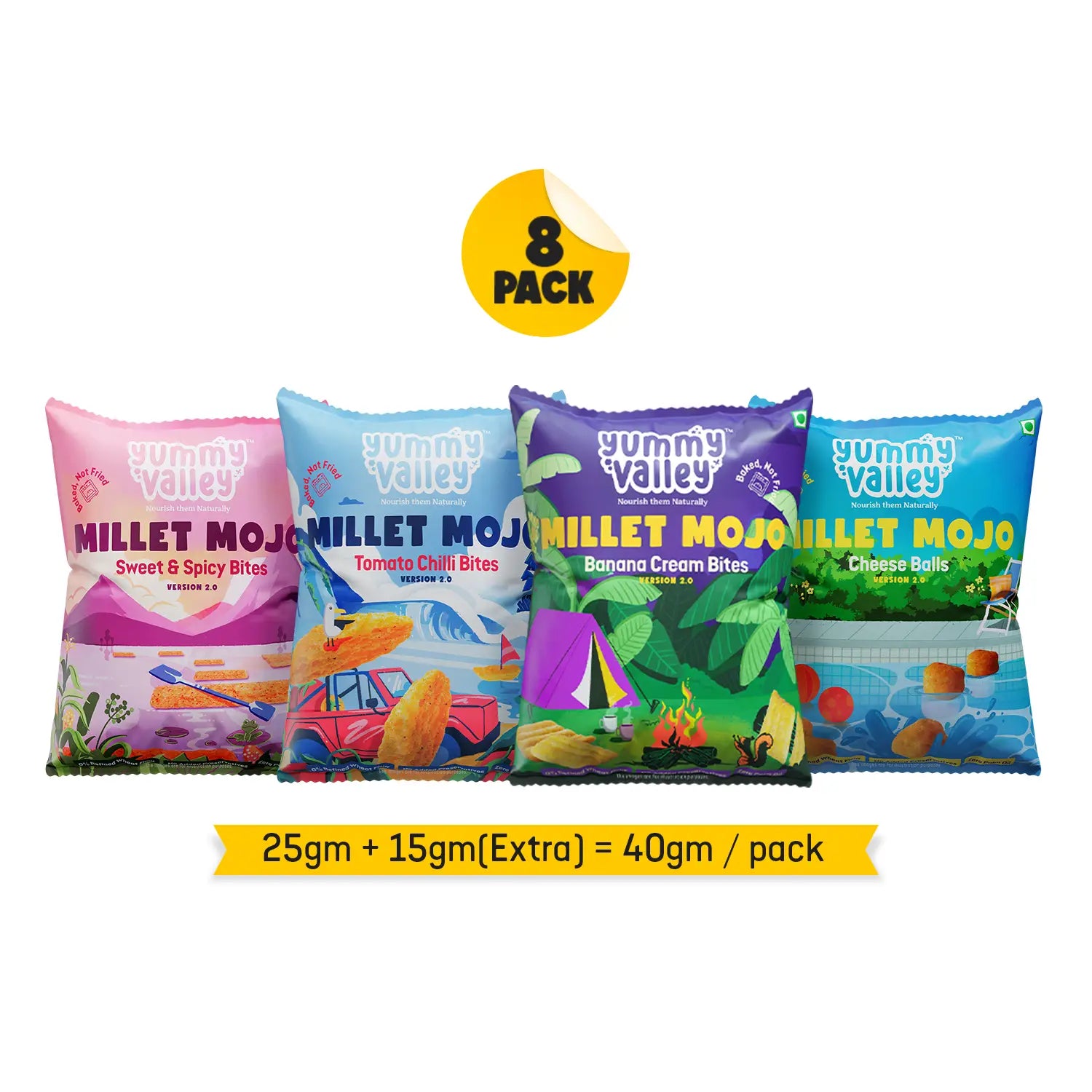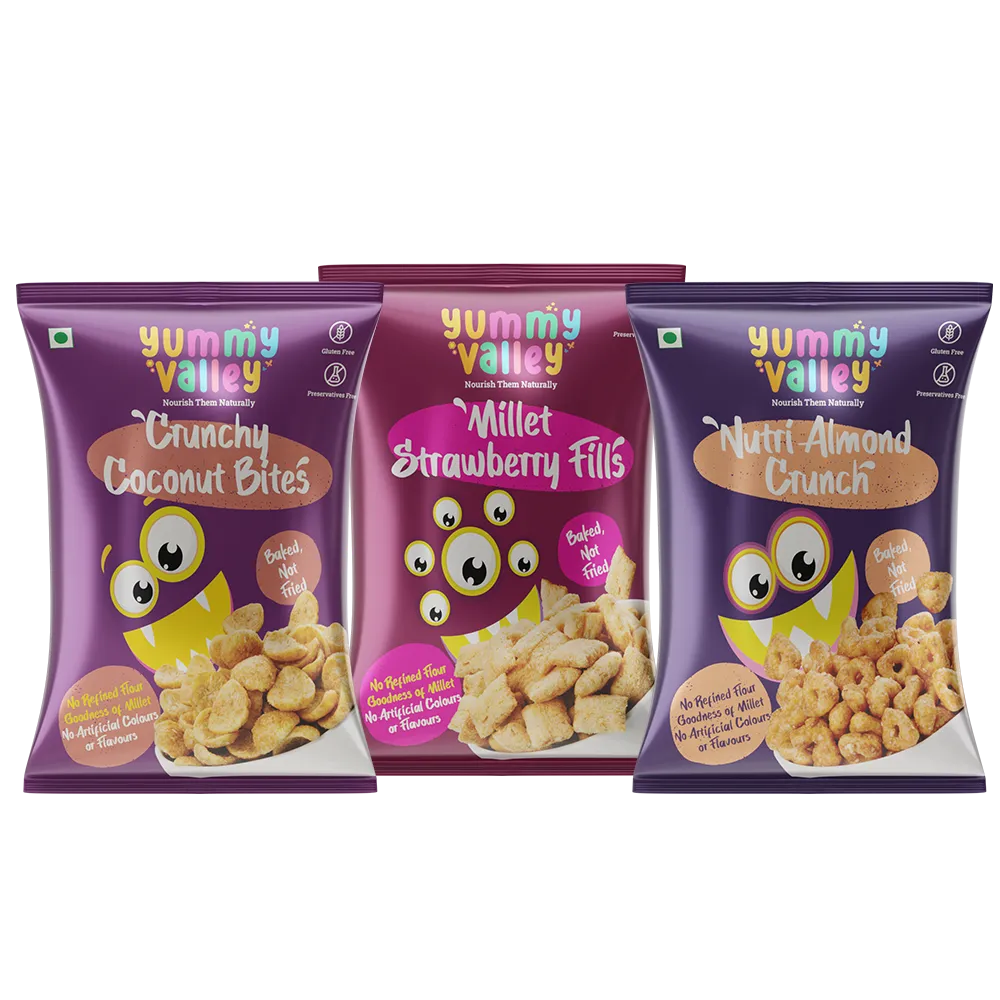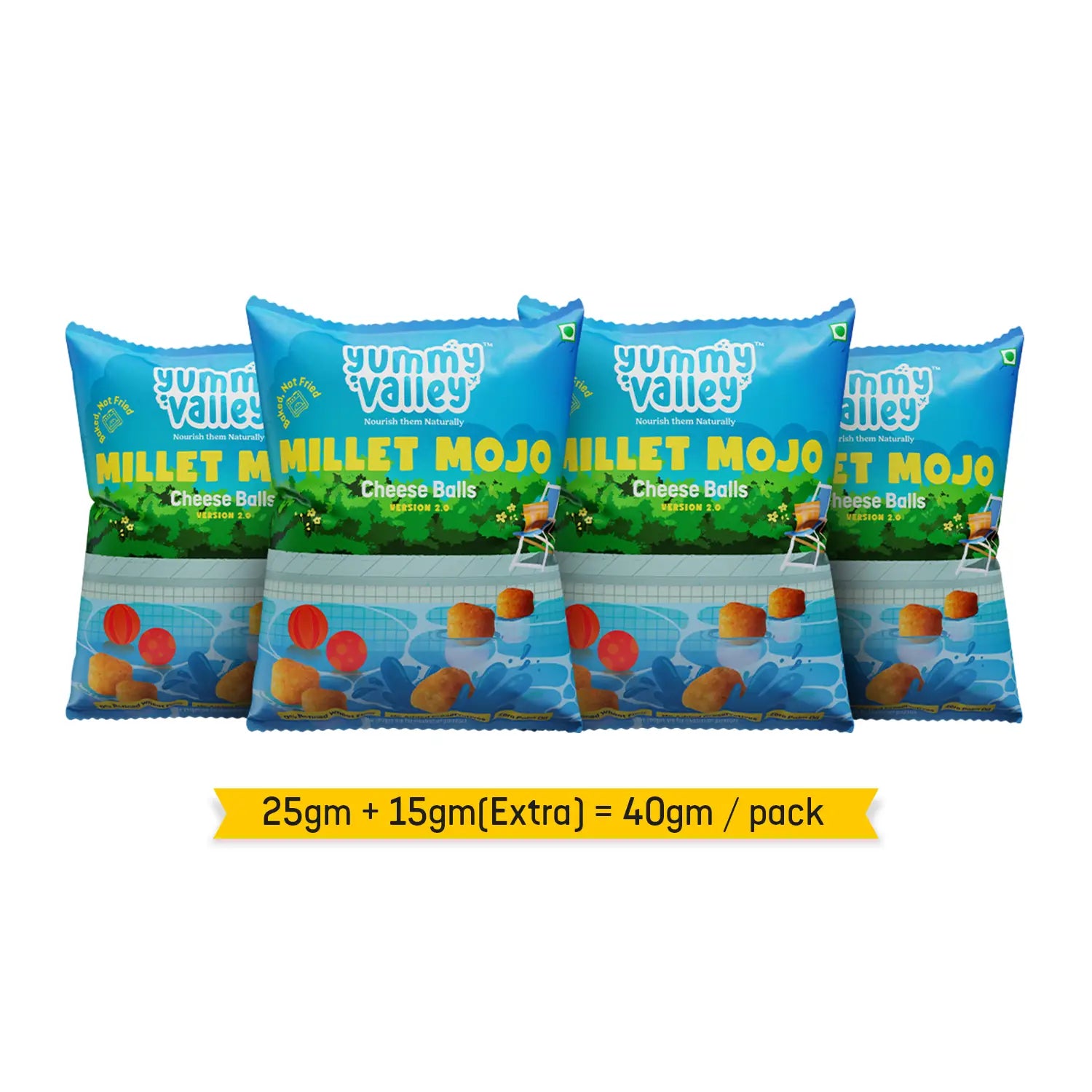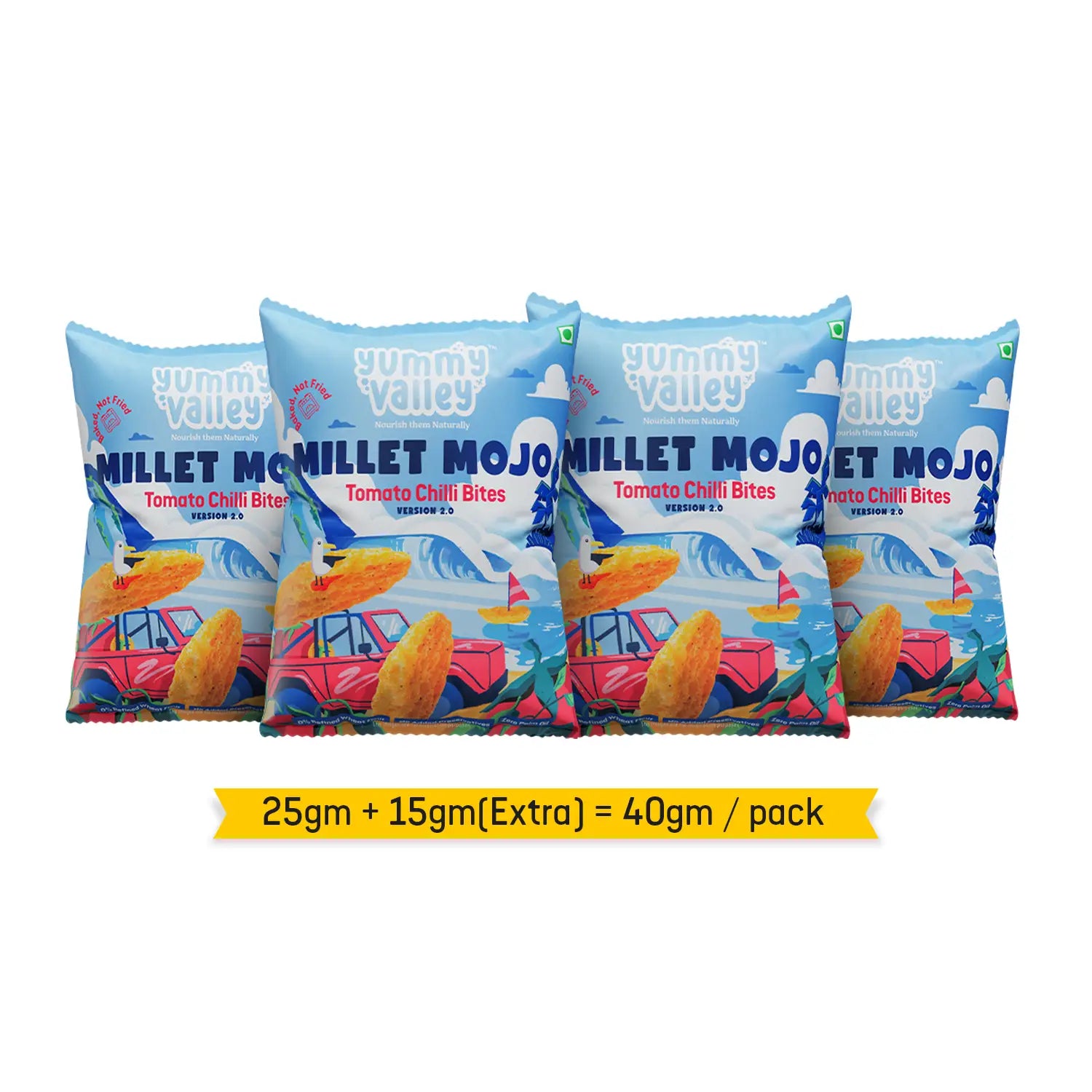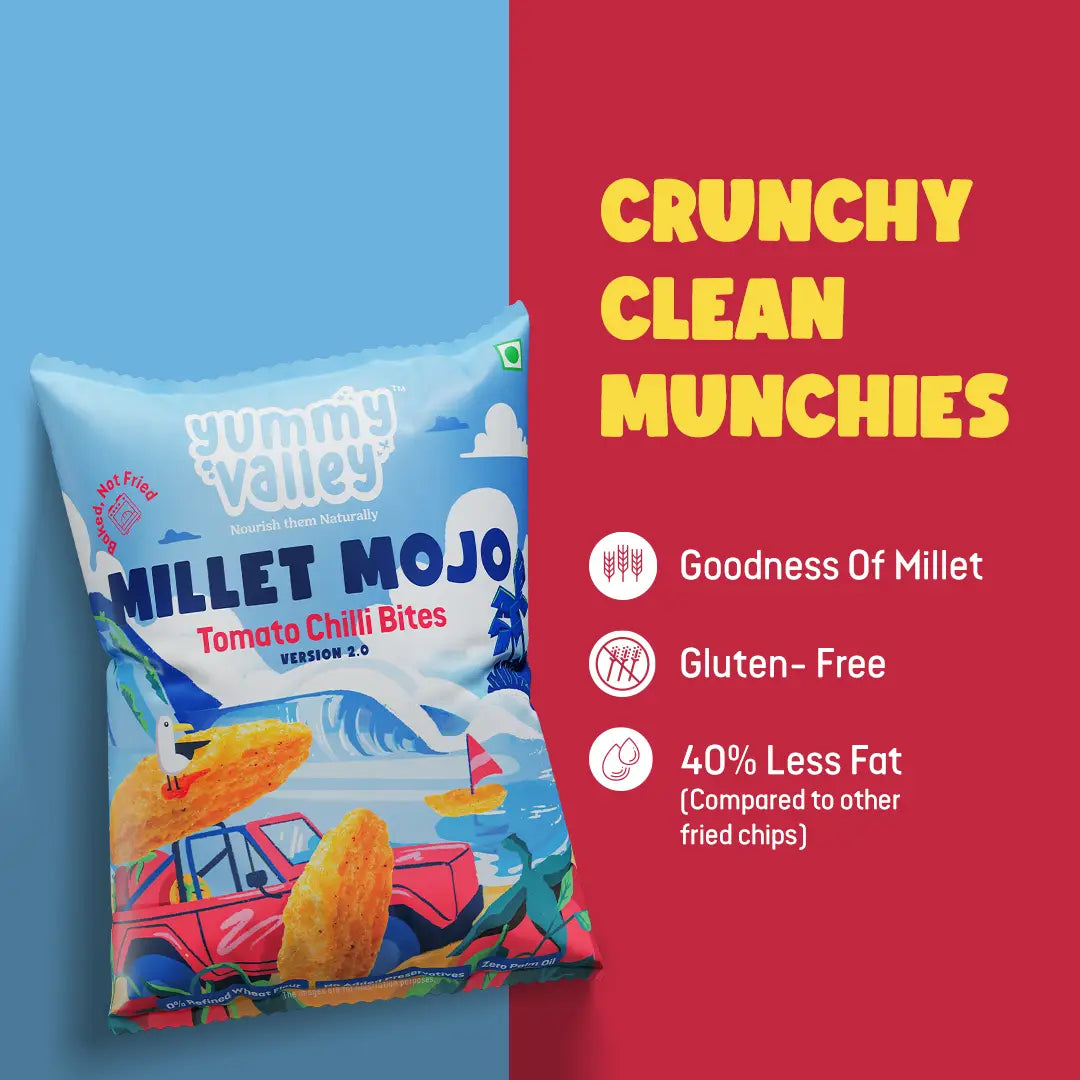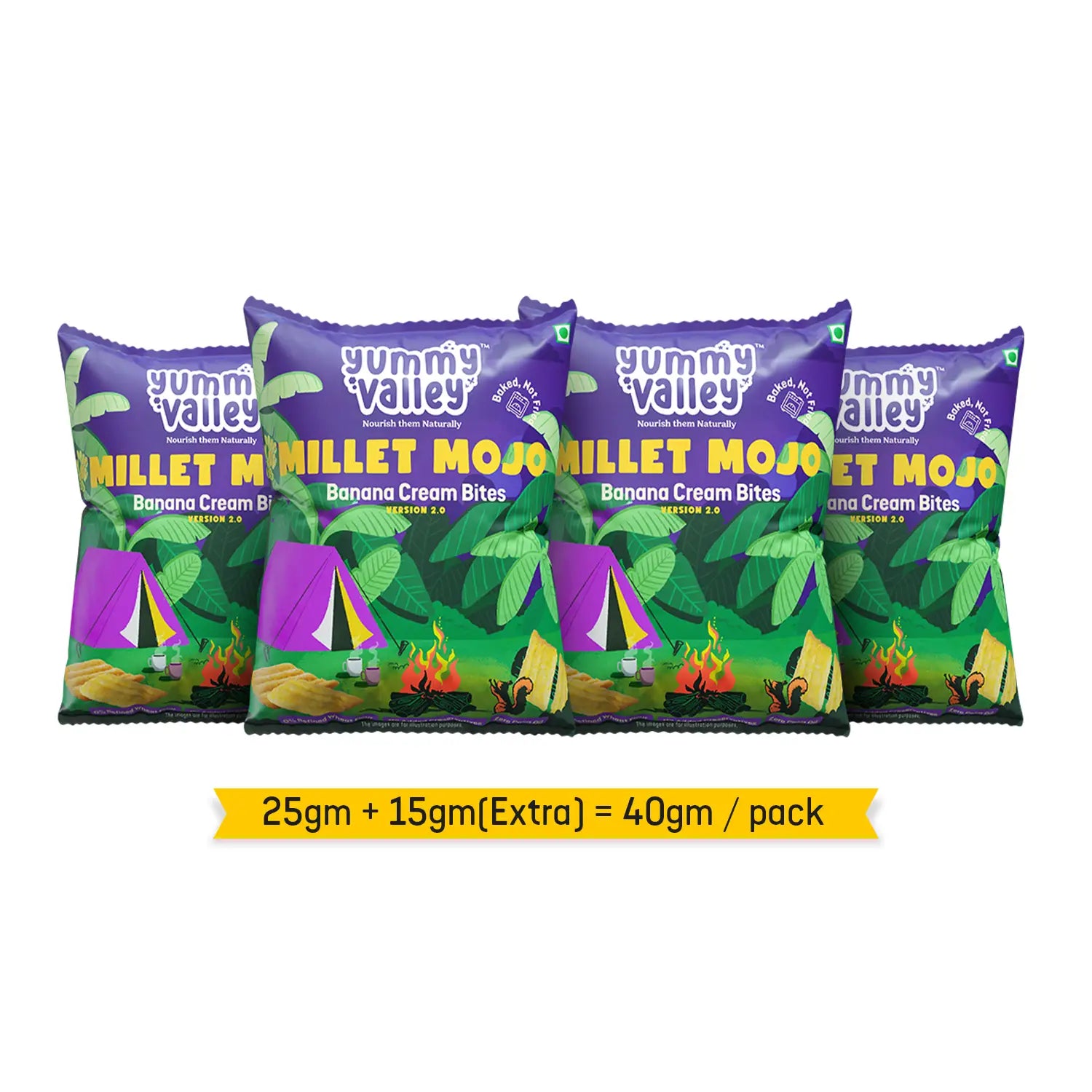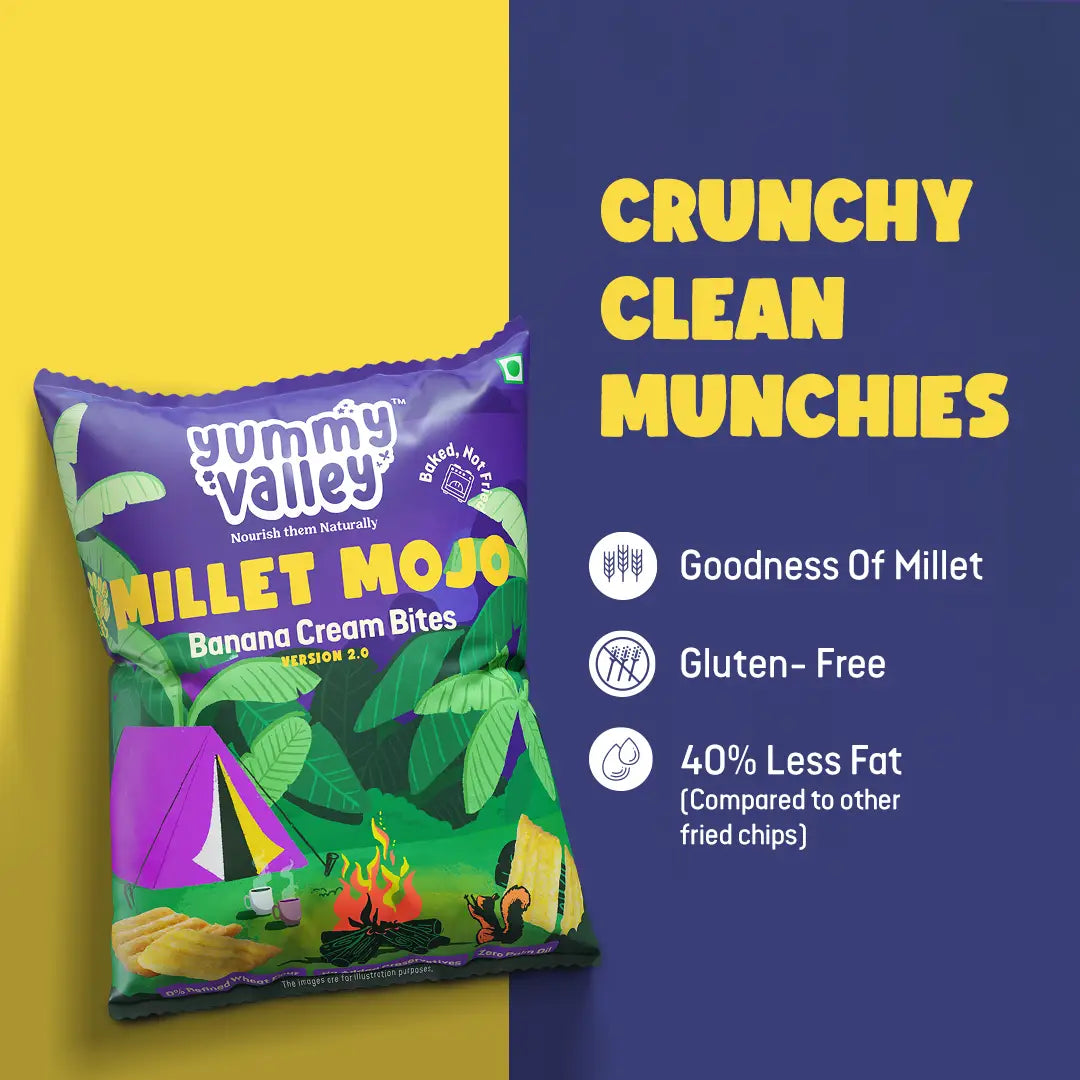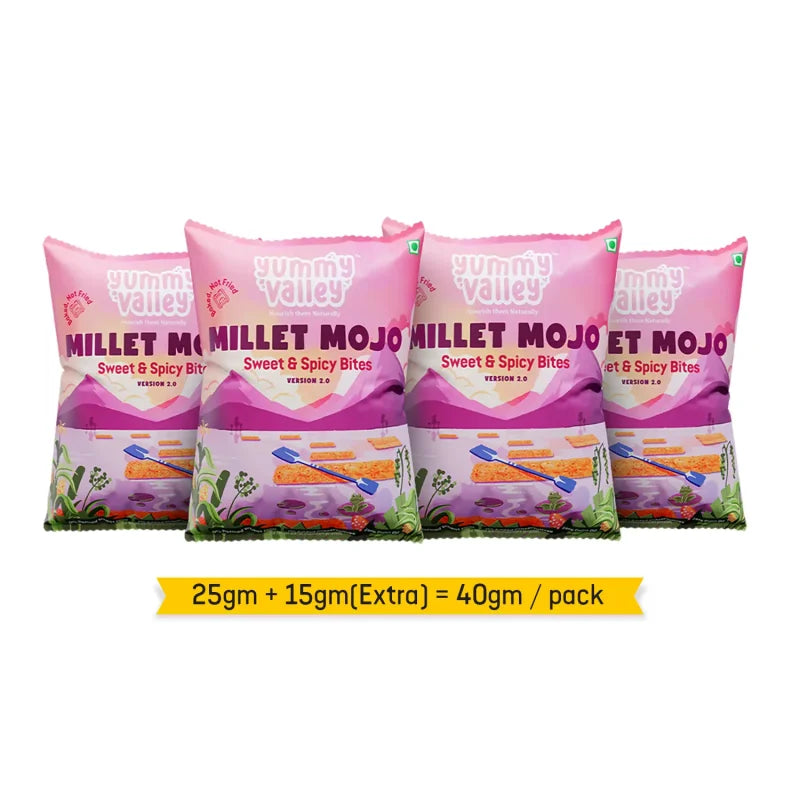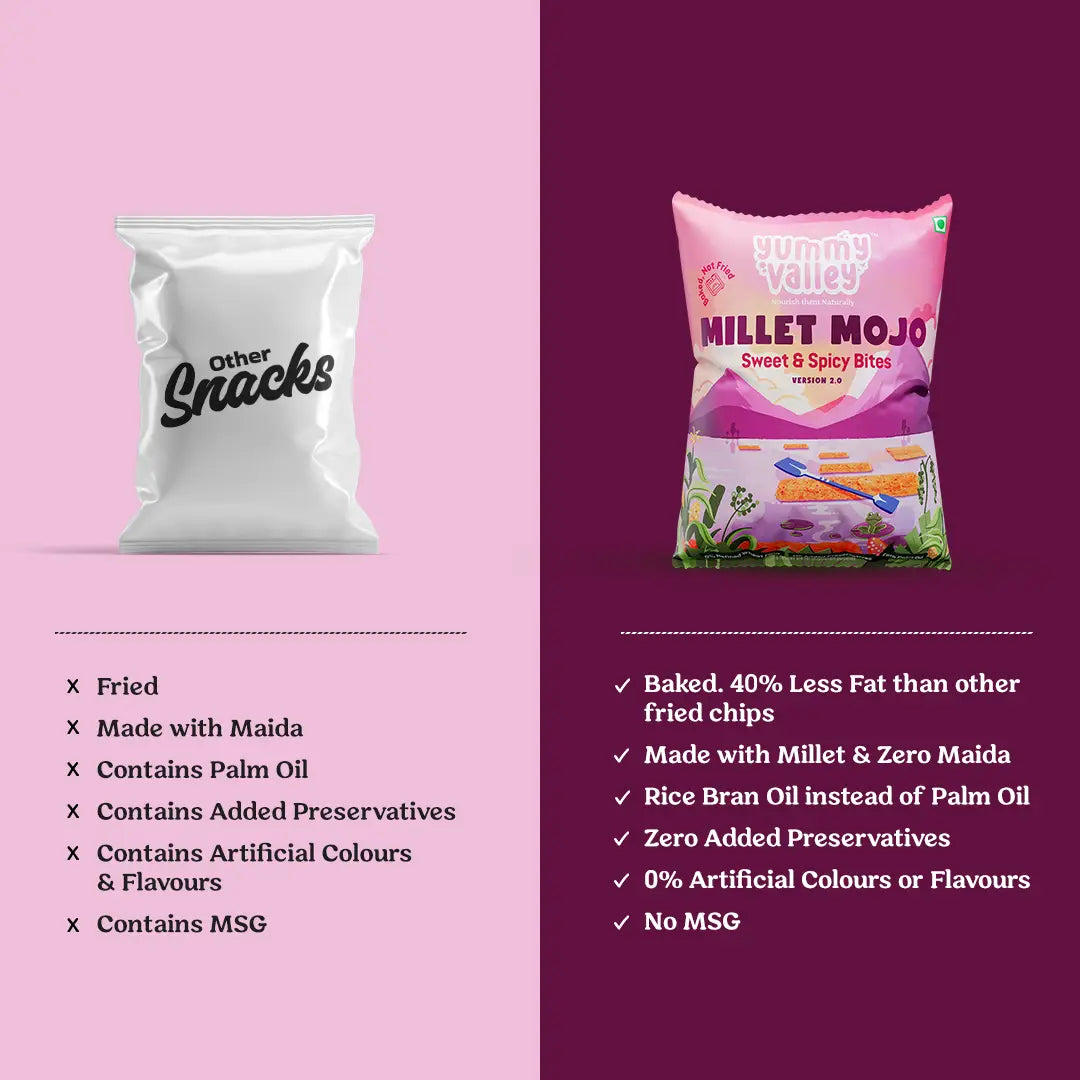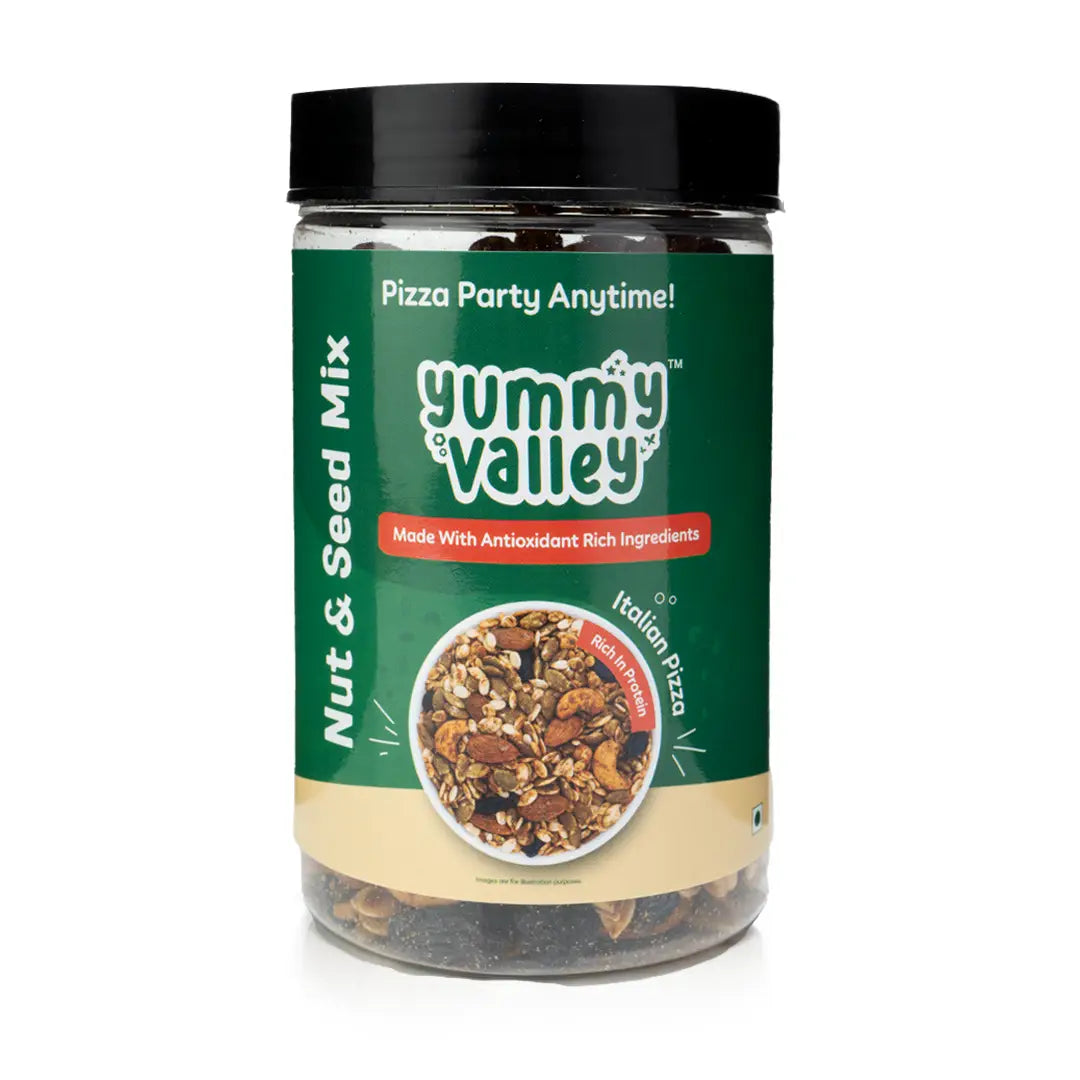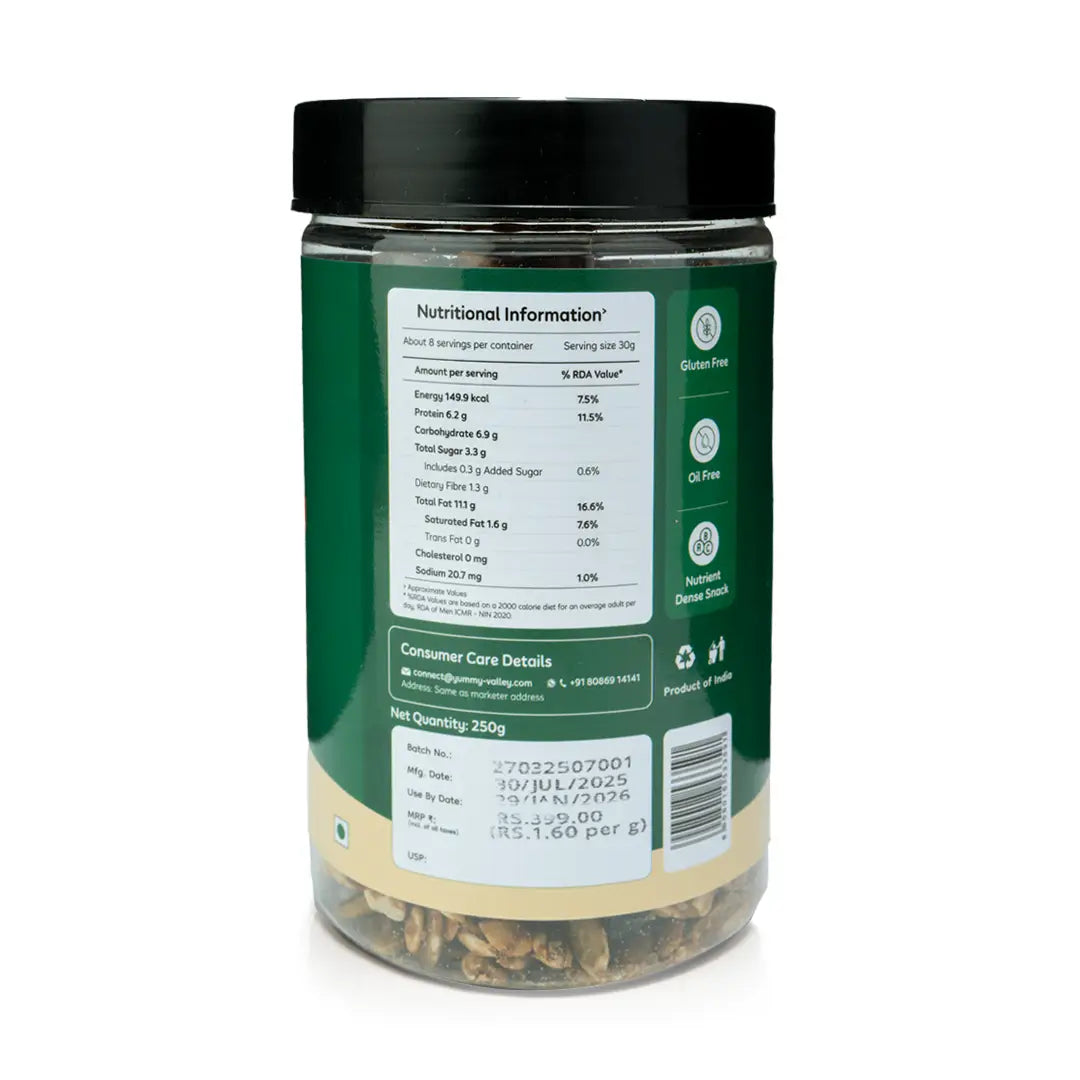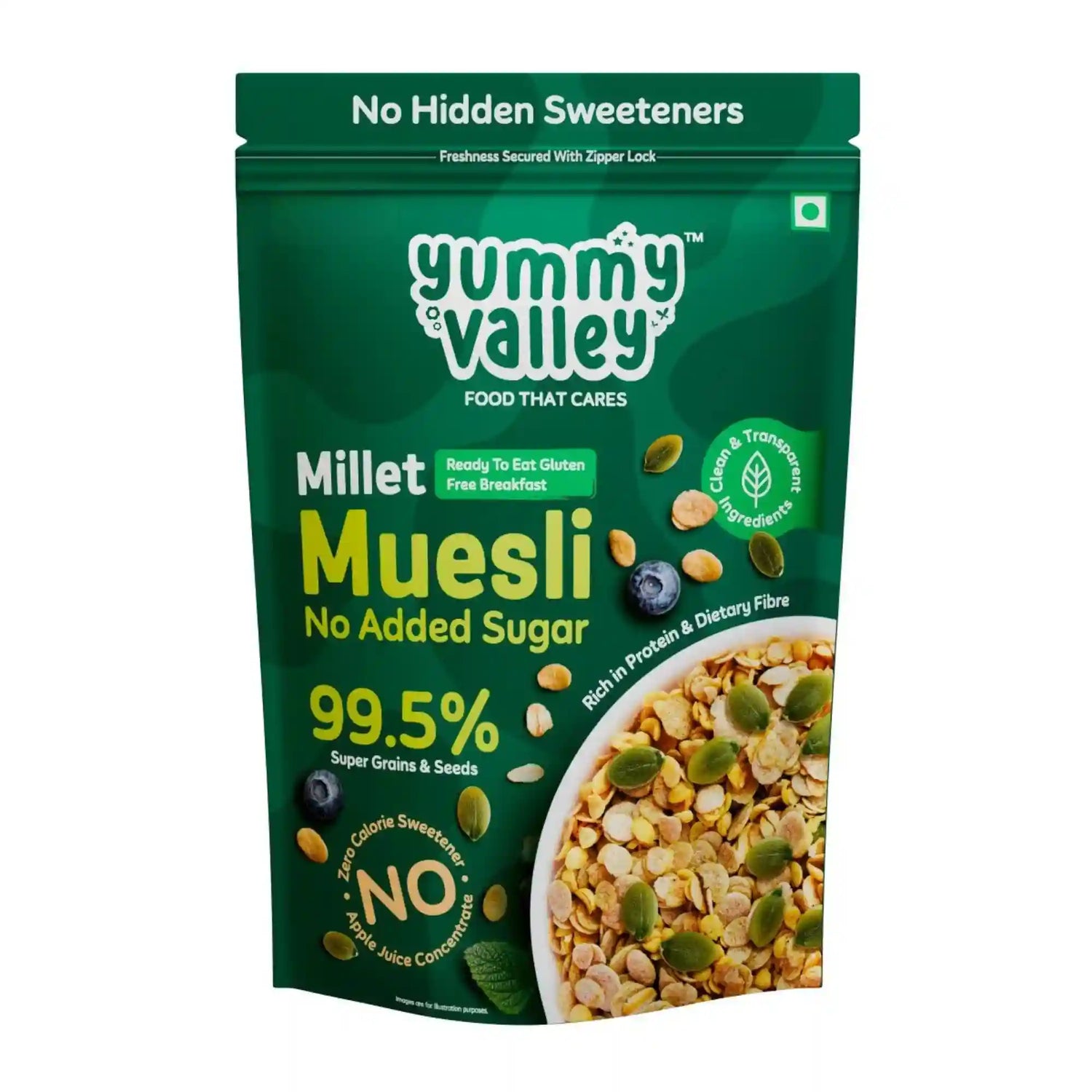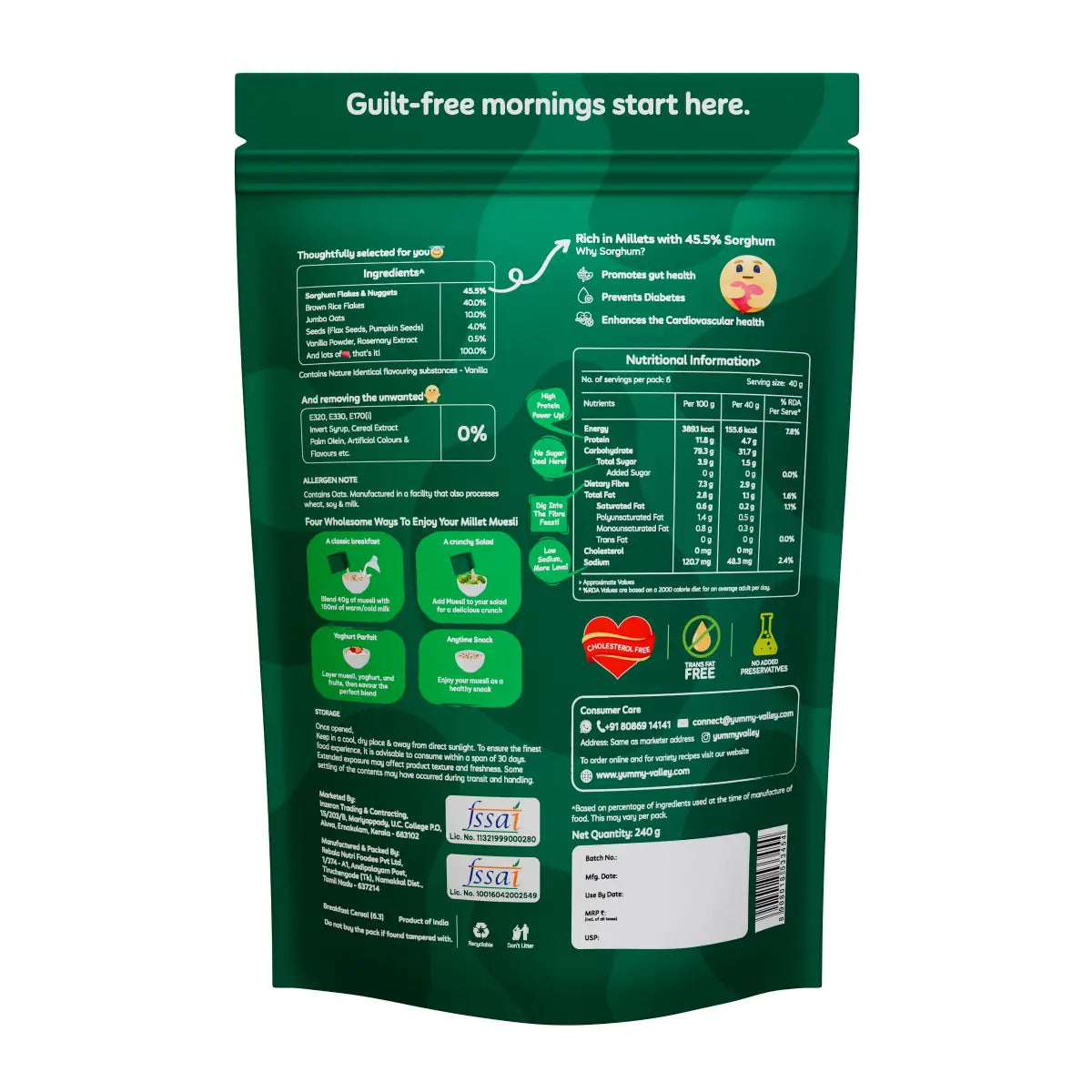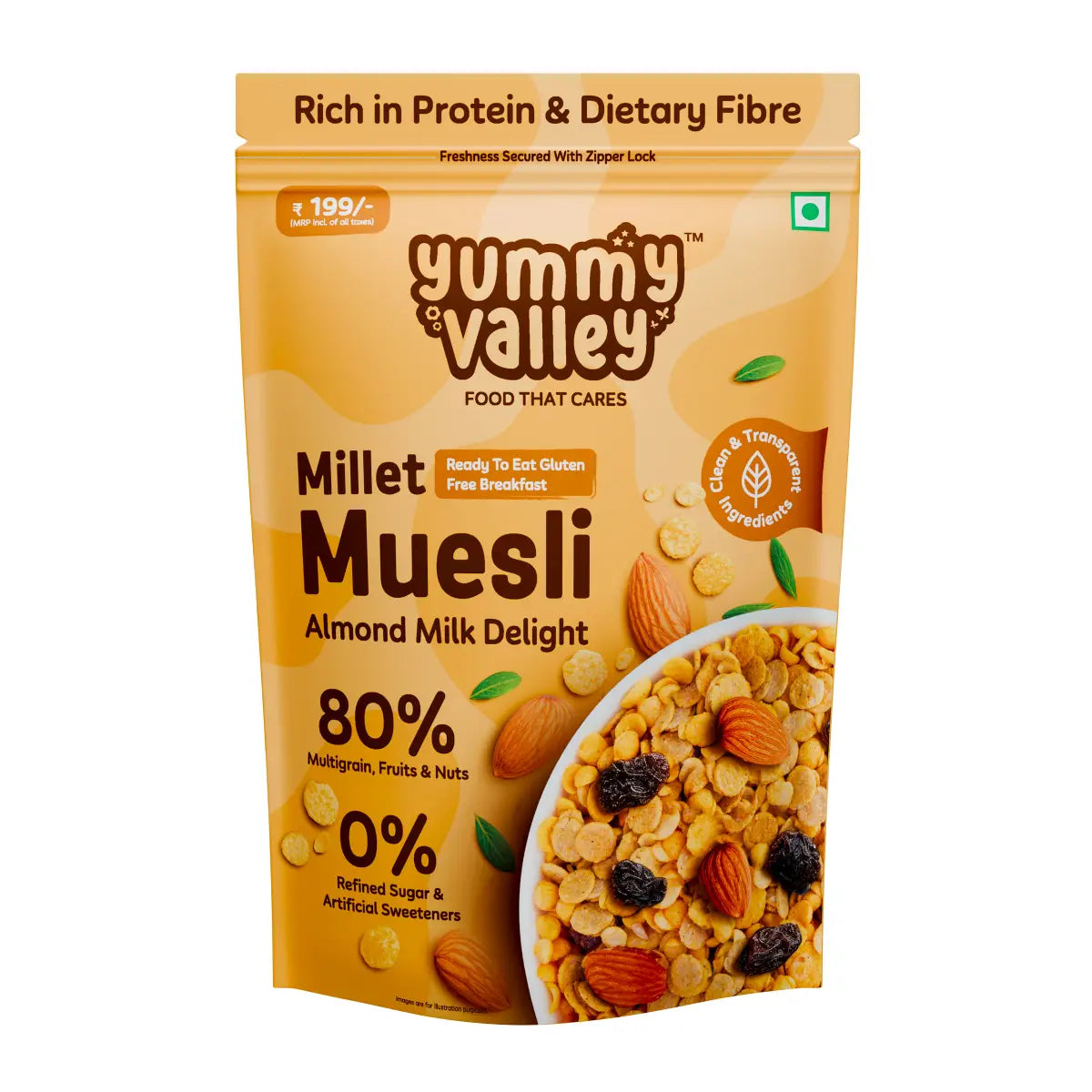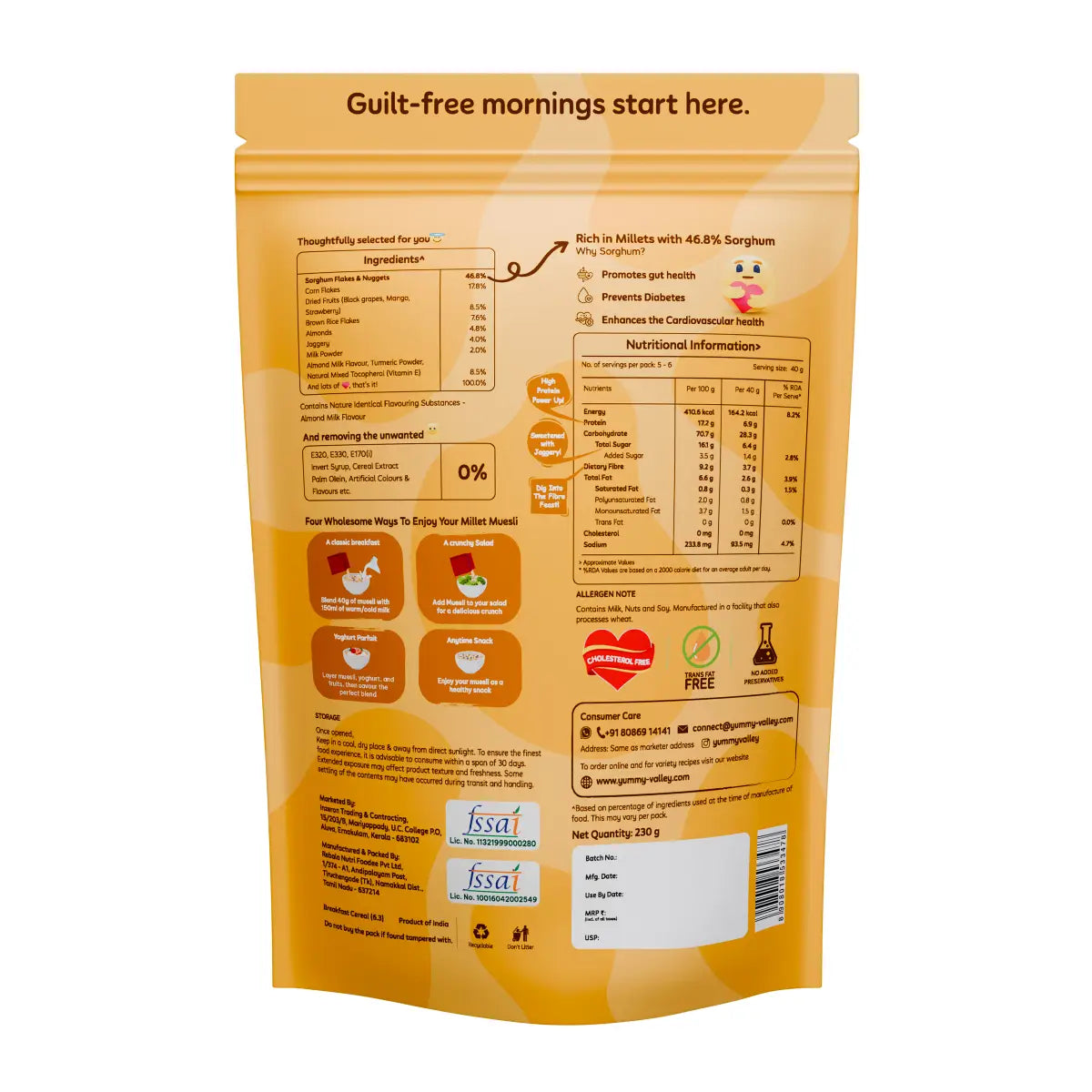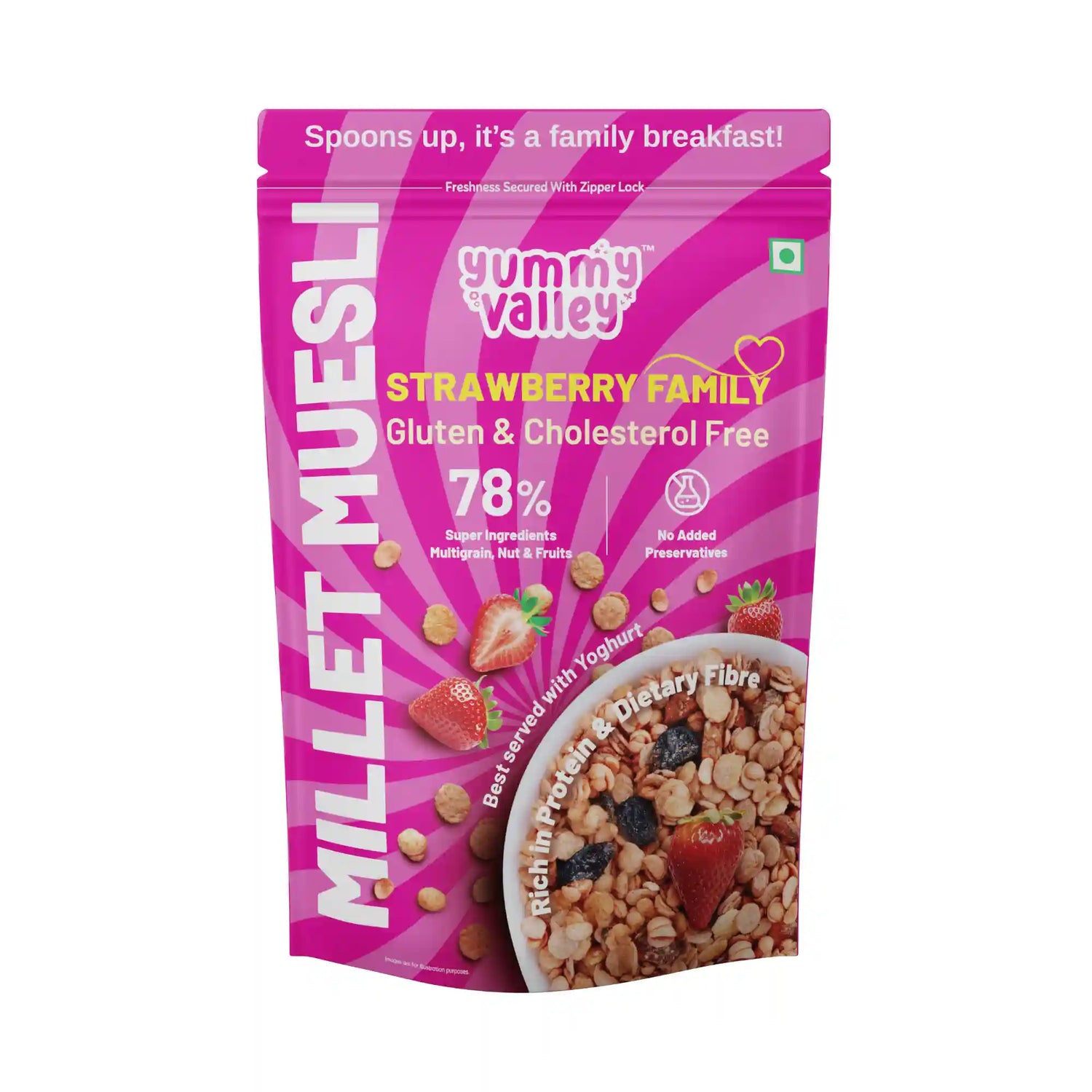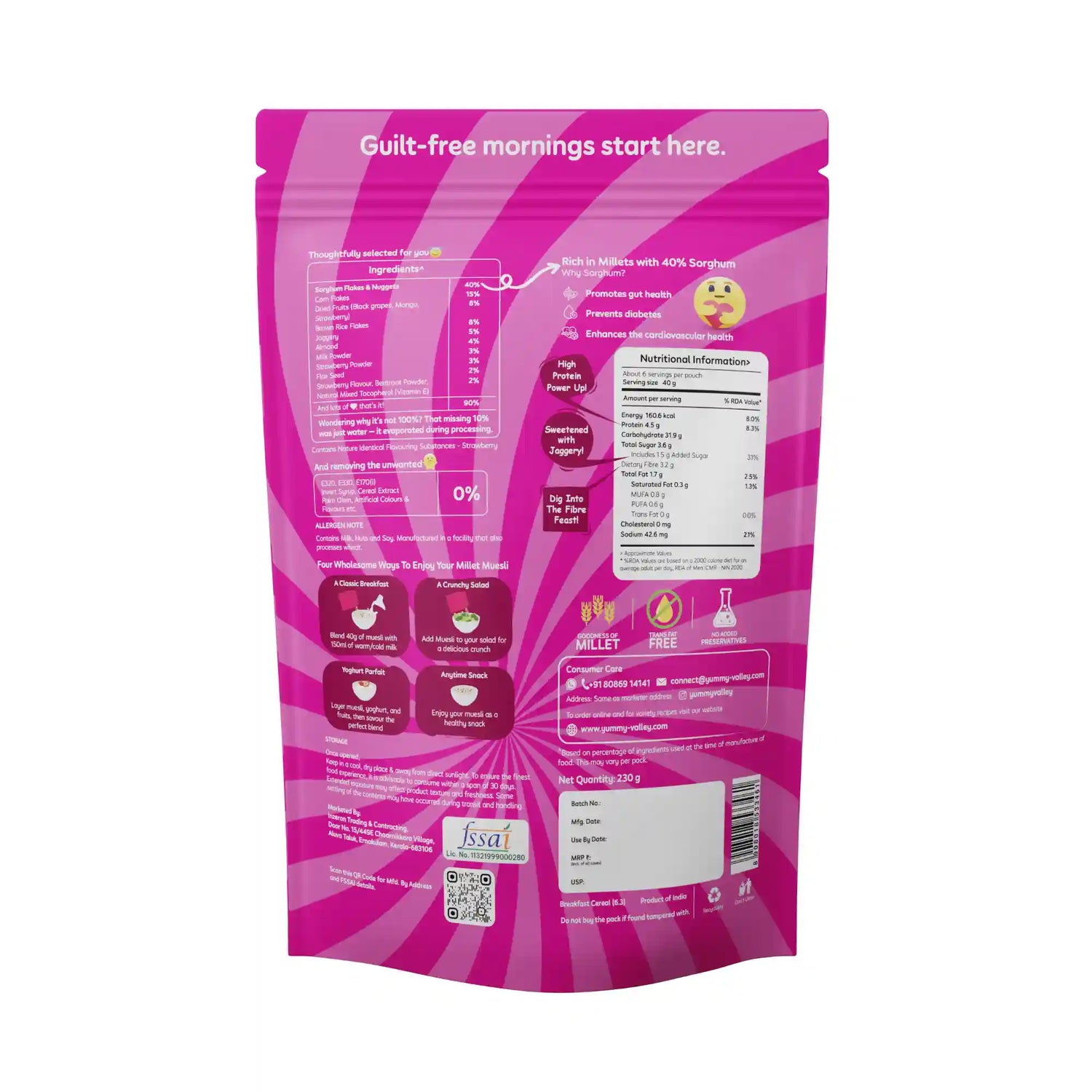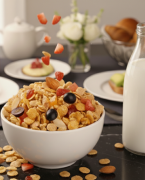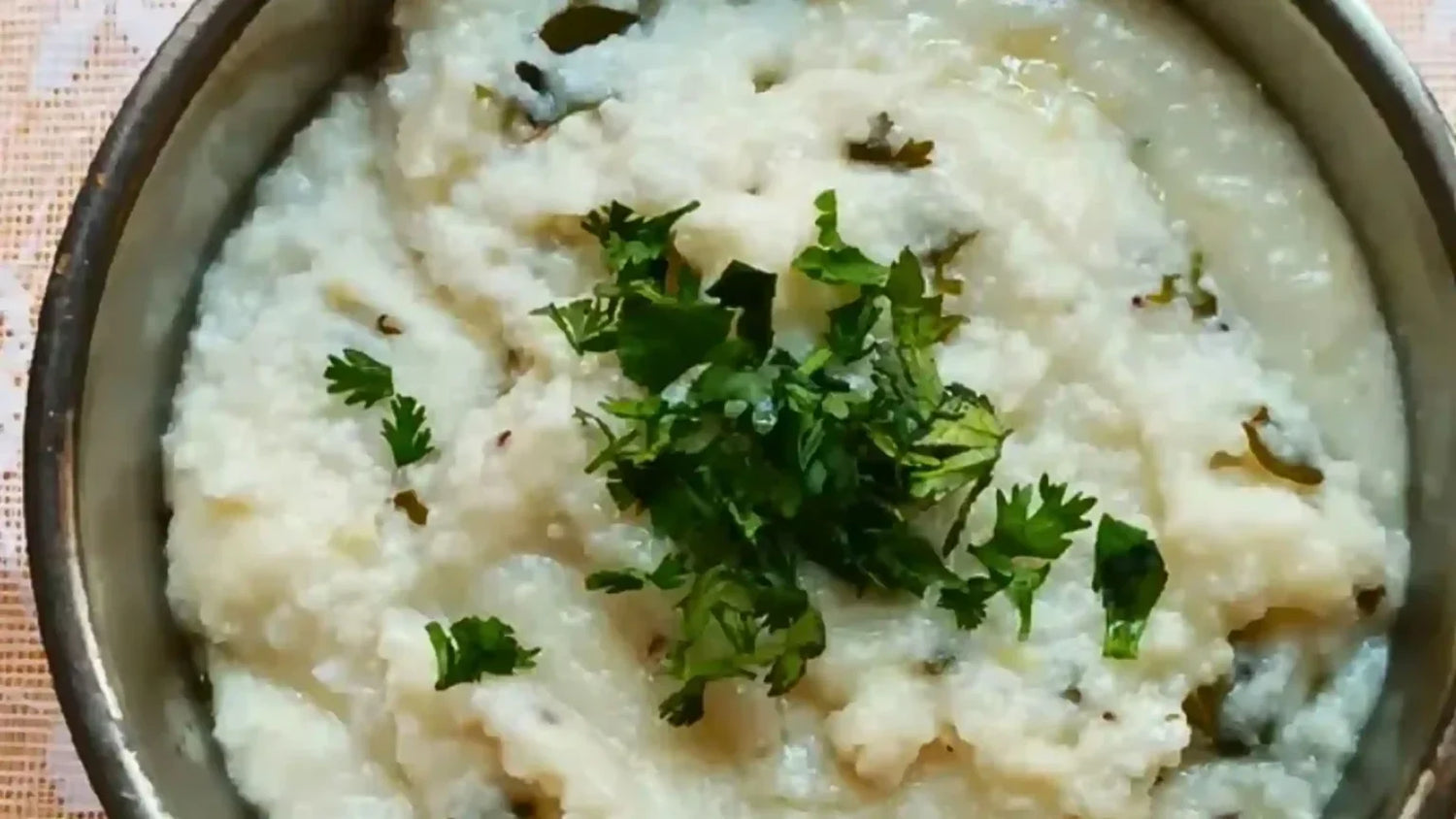Barnyard Millet Recipes: Introducing millet to your food life could be as simple as substituting Barnyard Millet for Rice or one of the other daily staples. In addition to tasting excellent, it’s precisely a beneficial for making this dish more pleasant to stomach, because it also contributes to the improvement of the heart and kidneys. Indeed, Barnyard millet is as fibre, iron, and phosphorus that maintains blood sugar level, regulate blood pressure and cholesterol.
Moreover, the sattvic movement has broadened its scope by utilising local grains that as well are nutritious as well as pro-environment. This crop is drought resistant and can self-regulate, hence it is self sustainable. It also has a healthy nutritional profile. Let’s check some simple barnyard millet recipes in this article.
What Is Barnyard Millet?
Barnyard Millet (Echinochloa esculenta) is an ancient grain predominantly found in Asia, highly nutritious and gluten-free. Along with its other attributes, millet is also a very good grain for this reason. It has a mild fruit taste and it is also quite popular because it is nutritious and gluten free.
In addition, let us explain the 5 beneficial reasons about Barnyard millet for you;
- As it is one of the slow-release starches, Barnyard millet helps control diabetes among patients.
- On top of making our hearts healthier, its ability to control the cholesterol levels is due to the fibre nature of its contents.
- Barnyard millet covers anaemia because of its iron element.
- The antioxidant in it bring a lot of benefits to the skin and hair.
- The fiber helps with digestive issues, hence setting the right environment for the digestive health.
Let’s try out a few quick and easy recipes that can be made at home and which show the food value that this grain possesses.
Barnyard Millet Recipes for Better Health
1. Barnyard Millet Sweet Pulao

Ingredients
- 1 cup Barnyard millet
- 2 cups water
- 1 tablespoon ghee or oil
- 1 cinnamon stick
- 2-3 green cardamom pods
- 4-5 cloves
- 1/4 cup mixed nuts (cashews, almonds, raisins)
- 1/4 cup dried cranberries or chopped dates
- 1 tablespoon honey or maple syrup
- A pinch of saffron strands (optional)
- Chopped fresh mint leaves for garnish
Instructions
- Drain Barnyard millet after rinsing under cold water.
- Let the ghee or oil stand on the medium heat in the frying pan.Till you release aroma of the spices by roasting (sticks of cinnamon, cardamom pods, and cloves).
- Toast the millet Barnyard in a pan for about 2-3 minutes but first Wash it by rinsing it under running water.
- Add salt and water to the pan. Boil the water.
- Cook the covered Barnyard millet for 15-20 minutes until the water is absorbed and the grains are soft.
- Dry roast the fruit mixture in a separate pan until lightly golden brown. Feel free to add some dried cranberries or chopped dates and continue to cook 1minutes more.
- Cook millet on the flame and mix in dried fruits, honey or maple syrup and saffron strands (in case with saffron).
- Garnish with chopped mint leaves before serving hot.
2. Masoor Dal Khichdi with Barnyard Millet

Ingredients
- 1/2 cup Barnyard millet
- 1/2 cup masoor dal (red lentils)
- 3 cups water
- 1 onion, finely chopped
- 2 tomatoes, chopped
- 2 green chilies, slit
- 1/2 inch ginger, grated
- 1 teaspoon cumin seeds
- 1/2 teaspoon turmeric powder
- Salt to taste
- Chopped coriander leaves for garnish
Instructions
- Drain Barnyard millet and masoor dal after rinsing under cold water.
- Drain Barnyard millet and masoor dal after rinsing under cold water.
- Heat oil or ghee over a pressure cooker. Stir in cumin seeds for them to splutter.
- At that point, include ginger, green chili, and onion. Onions should be sautéed until golden brown.
- Dice the tomatoes and cook long enough for it to be mushy.
- In pressure cooker, turmeric powder, millet, and masoor dal are added. Don’t forget to stir after mixing.
- Water and salt should be added to the cooker. These components are essential for the process to succeed. Cook in a pressure cooker at medium heat for around 3-4 whistles, covering the lid.
- You can now top your chole with finely cut coriander leaves, while waiting till the pressure is released naturally from the cooker.
3. Barnyard Millet Upma

Ingredients
- 1 cup Barnyard millet
- 2 cups water
- 2 tablespoons ghee or oil
- 1 teaspoon mustard seeds
- 1 teaspoon cumin seeds
- 1 onion, finely chopped
- 2 green chilies, slit
- 1/2 inch ginger, grated
- 1 carrot, finely chopped
- 1/4 cup green peas
- A handful of peanuts
- Curry leaves
- Salt to taste
- Chopped coriander leaves for garnish
Instructions
- Drain Barnyard millet after rinsing under cold water.
- In a sauce pan add oil or melt ghee, Add the mustard seeds and cumin seeds to it when hot. Let the seeds splutter, add the chopped onion, green chilies and fresh ginger with grated one. The onions will now take on a translucent appearance after sautéing.
- To the pan add carrots, peas and peanuts. For 2-3 minutes, cook.
- Sauté the rinsed Barnyard millet for another 2-3 minutes.
- Pour water into the saucepan and season with salt. Heat the mixture until it’s boiling.
- Cook millet for 15-20 minutes, covered, until all water is absorbed into the grains and millet gets tender.
- Before serving hot, sprinkle with fresh coriander.
4. Nutty Barnyard Millet Porridge

Ingredients
- 1 cup Barnyard millet
- 2 cups almond milk
- 1 tablespoon honey
- 1/4 cup chopped nuts (almonds, walnuts, or pistachios)
- Fresh berries for garnish
Instructions
- Drain the Barnyard millet after rinsing under cold water.
- Combine the almond milk and rinsed millet in a saucepan.
- First of all, heat the mixture well to boil and then, reduce the heat to low fire for 15-20 minutes of simmering. The mixture should be stirred occasionally.
- Then, you can add honey after the millet is completely cooked, and the mixture is thick and creamy.
- Hot porridge should be served with chopped nuts and fresh berries on top.
5. Savoury Barnyard Millet Pilaf

Ingredients
- 1 1/2 cups Barnyard millet
- 3 cups vegetable broth
- 1 onion, finely chopped
- 2 cloves garlic, minced
- 1 carrot, diced
- 1 bell pepper, diced
- 1 teaspoon cumin seeds
- Salt and pepper to taste
- Fresh parsley for garnish
Instructions
- First rinse the Barnyard millet with clean water and then leave aside.
- In a large skillet over medium heat you can heat the olive oil . Fry cumin until fragrant.
- Cook chopped onion and garlic in the skillet till they turn soft.
- Stir in the carrots and bell pepper and cook until that is slightly soft.
- Add the different vegetables you want to the Barnyard millet that has already been rinsed in the skillet.
- To prepare, add vegetable broth and season with salt and pepper to taste. Finish by bringing to boil.
- Simmer for 20-25 minutes or until the millet is cooked through and the broth has been sucked up.
- Fluff pilaf with a fork, top with fresh coriander leaves, serve hot.
6. Crispy Barnyard Millet Patties (Makes 8 patties)

Ingredients
- 1 cup cooked Barnyard millet
- 1 cup cooked quinoa
- 1/2 cup bread crumbs
- 1/4 cup grated Parmesan cheese
- 1 egg, beaten
- 2 tablespoons of fresh herbs (parsley, cilantro, or basil)chopped
- To taste, salt and pepper
- Fry with olive oil
Instructions
- In a big bowl, manually combine cooked Barnyard millet, quinoa, bread crumbs, Parmesan cheese, egg, and herbs.
- Add salt and pepper and continue mixing until the ingredients become one.
- Go ahead and hand-form the patties of the mixture.
- Warm up a skillet with oil on a medium fire.
- On each side, cook the patties for 3-4 minutes, or until browned and crisping up.
- Absorb the excess grease by placing a pattie on a paper towel after you have removed it from skillet.
- Take pleasure from it as you eat the crispy Barnyard millet patties that are go hand-in-hand with your dipping sauce, plain, as rolls, or atop a salad.
7. Barnyard Millet Veggie Noodles

Ingredients
- 1 cup Barnyard millet noodles
- 2 tablespoons sesame oil
- 2 cloves garlic, minced
- 1 small onion, thinly sliced
- 1 carrot, julienned
- 1 bell pepper, thinly sliced
- 1 cup broccoli florets
- 2 tablespoons soy sauce
- 1 tablespoon rice vinegar
- To taste, salt and pepper
- Sesame seeds for garnish
- Chopped green onions for garnish
Instructions
- Cook Barnyard millet noodles according to package instructions. Drain and set aside.
- Heat a large wok over medium heat with sesame oil in it. Throw in minced garlic and onion slices until fragrant.
- Julienne the carrots, potatoes and broccoli and add them to the pan. Cook them in the skillet. Should you cook it until the vegetables are tender-crisp.
- Sauce together Barnyard millet noodle with black soy sauce, rice vinegar. salt and pepper should be added according to your taste.
- Meanwhile, cook for the next two to three minutes, allowing the ingredients to perfectly mix.
- Lastly, place sesame seeds and green onions as garnish before serving.
8. Barnyard Millet Jeera and Peas Rice

Ingredients
- 1 cup Barnyard millet
- 2 cups water
- 1 tablespoon ghee or clarified butter
- 1 teaspoon cumin seeds
- 1 cup fresh or frozen peas
- Salt to taste
- Chopped cilantro for garnish
Instructions
- Cold water should be used to rinse Barnyard millet.
- Using a medium saucepan, heat the ghee. Sauté cumin seeds until fragrant.
- For2-3 minutes, put Barnyard millet to the saucepan and toast it.
- Using the saucepan boil the water. For 15-20 minutes, lower the heat, cover, and then simmer the millet until it has become tender.
- Finally, bring back the pan onto heat for about 2 minutes and add in peas, then continuously stir for about 3 minutes.
- Fold in a chopped cilantro, use a fork to fluff and eat hot.
9. Barnyard Millet Moraiyo in Buttermilk

Ingredients
- 1 cup Barnyard millet (moraiyo)
- 2 cups buttermilk
- 1 tablespoon ghee
- 1 teaspoon mustard seeds
- 1 teaspoon cumin seeds
- 2 green chilies, slit
- Curry leaves
- Salt to taste
- Chopped coriander leaves for garnish
Instructions
- Wash Barnyard millet thoroughly and soak in water for 30 minutes. Drain and set aside.
- Using a medium saucepan, heat ghee. The mustard seeds and cumin seeds should be added now. Green chilies and curry leaves should be added when the seeds splutter.
- Sauté the soaked Barnyard millet for 2-3 minutes in the saucepan.
- Pour buttermilk into a saucepan and season with salt. Gently bring to a boil.
- Cook for 10-15 minutes occasionally stirring, until soft and thick.
- Once ready, garnish with chopped coriander leaves, serve hot.
10. Barnyard Millet Spicy Dosa

Ingredients
- 1 cup Barnyard millet flour
- 1/4 cup urad dal (black gram lentils)
- 1/4 cup rice flour
- 1/2 teaspoon fenugreek seeds
- 1/2 teaspoon cumin seeds
- 2-3 green chilies, finely chopped
- Handful of chopped coriander leaves
- Salt to taste
- Oil for cooking
Instructions
- Fenugreek seeds and urad dal should be rinsed. Let them soak for 4-6 hours in water.
- Mix soaked dal and fenugreek seeds in a blender or grinder to form a smooth batter.
- Batter should be transferred into a mixing bowl.
- To the bowl, add the Barnyard millet, rice flour, green chillies, urad dal, coriander leaves and salt. Form a thick batter by mixing well.
- When cooking, opt for a nonstick skillet on medium fire. Take a huge portion of the batter and then softly turns it to a circular shape, to produce an exceptionally thin dosa.
- Spread oil on the edges of a dosa and when it is golden on the underside, continue to cook.
- Then, check if the dosa is golden brown and crispy on the other side.
- With chutney or sambar, serve hot.
We wish that this overview of Barnyard millet recipes and its benefits would give enough good reasons for you to include it in your daily diet. Managing to integrate Barnyard Millet into your everyday food will ensure you a good health and happiness, being not only tasty but also wholesome. Begin your Barnyard Millet consumption regimen today and uncover all the benefits that come with it.
Also read: Kodo Millet Recipes
FAQs on Barnyard Millet Recipes
What is the tastiest way we can make Barnyard millet?
You can use Barnyard millet in different ways, especially as noodles, rice dishes, or breakfast dishes like upma, dosas, khichdi and sweet pulao.
Do we need to presoak and then cook Barnyard millet before we can eat it?
Soaking the Barnyard millet, if done, certainly results in reduced cooking time and improved digestibility though not that much necessary. Rinsing millet removes the sediments and the bitterness from it before cooking.
How is the content of Barnyard millet beneficial?
Besides the multiple advantages that came with the Barnyard millet, it controls diabetes, protects the heart, prevents anaemia, improves the skin and hair texture and aids in digestion.
